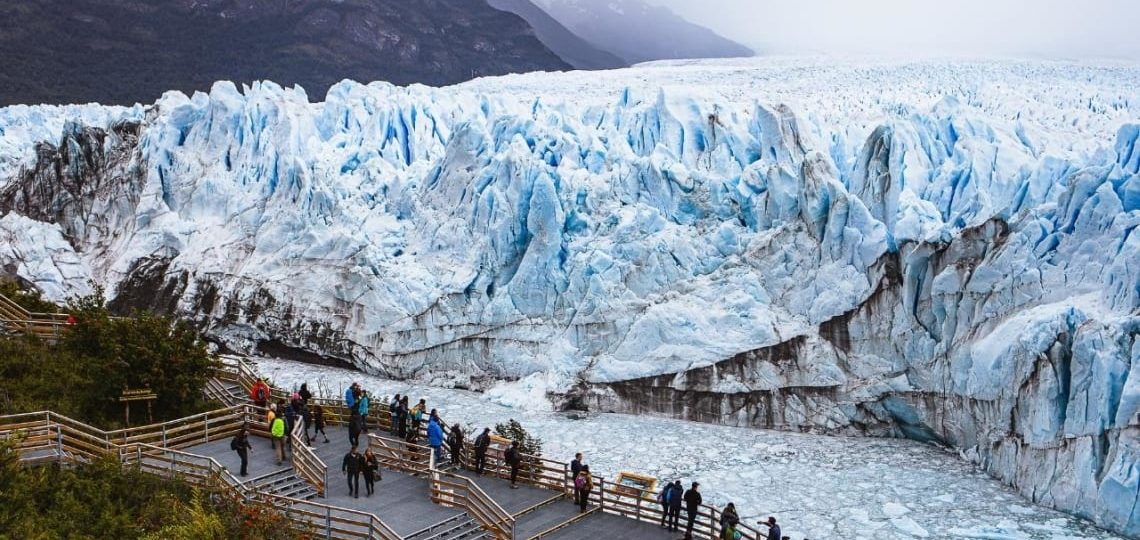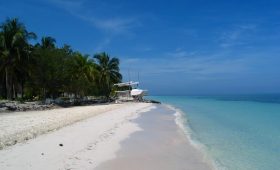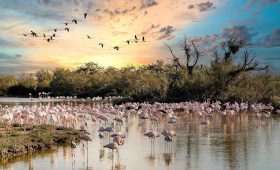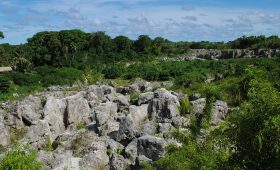Exploring Los Glaciares National Park
Los Glaciares National Park in Argentina’s Santa Cruz Province is a stunning expanse of natural beauty. As the largest national park in the country, it covers approximately 726,927 hectares. Established in 1937, this UNESCO World Heritage Site is renowned for its dramatic landscapes, which include the Magellanic subpolar forests and the Patagonian steppe.
Geographical Marvels
The park’s name is derived from the massive Southern Patagonian Ice Field, the world’s third-largest ice cap after Antarctica and Greenland. This ice field feeds 47 large glaciers, including the famous Perito Moreno Glacier, which is unique for its continuous advancement. Unlike many glaciers worldwide that begin at altitudes of 2,500 meters, those in Los Glaciares start at just 1,500 meters, descending to 200 meters, offering an unparalleled opportunity for close-up views.
Los Glaciares shares its southern border with Chile’s Torres del Paine National Park, creating a vast region of interconnected natural wonders. The park’s diverse ecosystems range from the icy Andes to the arid steppe, providing a rich tapestry of flora and fauna.
Natural Attractions
Perito Moreno Glacier
Located in the southern sector of the park, Perito Moreno Glacier is a highlight for many visitors. Its dynamic nature, characterized by periodic ruptures and icefalls, makes it a spectacle of natural power. The nearby town of El Calafate serves as the gateway to this glacier, offering various tours and activities.
Mount Fitz Roy and Cerro Torre
In the northern part of the park, the granite peaks of Mount Fitz Roy and Cerro Torre dominate the skyline. These mountains are a magnet for climbers and trekkers from around the world. The small village of El Chaltén provides a base for those looking to explore these rugged landscapes.
Lakes and Rivers
The park is also home to several large lakes, including Lago Argentino and Lago Viedma. These glacial lakes are fed by meltwater and are known for their striking turquoise hues. The waters eventually flow into the Atlantic Ocean via the Santa Cruz River, traversing the province’s diverse terrains.
Flora and Fauna
Flora
The park’s vegetation is primarily composed of southern beech species such as lenga, ñire, and guindo. These trees form dense forests that provide habitat for a variety of wildlife.
Fauna
Los Glaciares is home to a range of animal species adapted to its unique environments. Visitors might spot the Andean condor soaring above, or catch a glimpse of the elusive puma. Other notable species include the guanaco, a relative of the llama, and the lesser rhea, known locally as the choique.
Visiting Tips
The best time to visit Los Glaciares is during the summer months of December to February when the weather is milder and the days are longer. However, be prepared for sudden weather changes and pack accordingly. The park can be accessed via El Calafate International Airport, located about 80 kilometers from the park. From there, you can rent a car or take a bus to the park entrance.
Once inside, hiking is the most popular way to explore, with well-marked trails leading to various viewpoints. For a different perspective, consider taking a boat tour to get up close to the glaciers. While the park offers breathtaking scenery, it’s important to note that some areas can be crowded during peak season, and the weather can be unpredictable.




